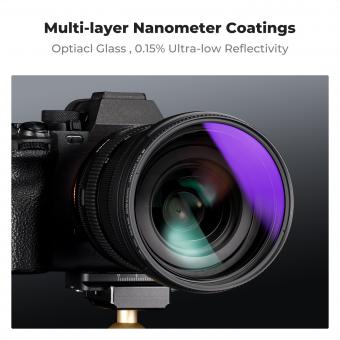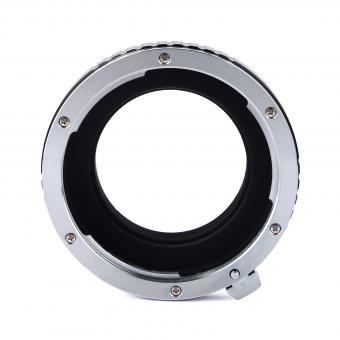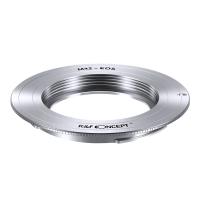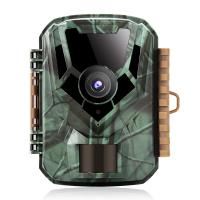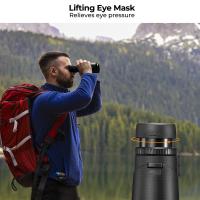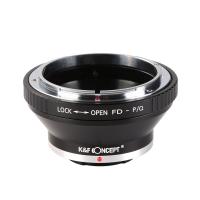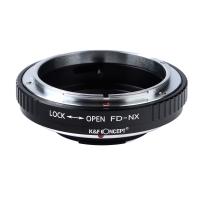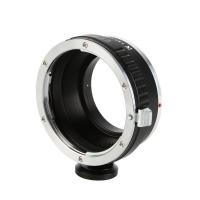Which Polarising Filter ?
A polarizing filter is a type of optical filter that is used to reduce glare and unwanted reflections from non-metallic surfaces such as water, glass, and foliage. There are different types of polarizing filters available in the market, including linear polarizers and circular polarizers. Linear polarizers are the simplest type of polarizing filter and work by blocking light waves that are vibrating in a certain direction. Circular polarizers, on the other hand, are more advanced and are designed to work with modern autofocus cameras that use beam splitters and other optical components. They are also more expensive than linear polarizers but offer better performance and compatibility with modern cameras. Ultimately, the choice of polarizing filter depends on the specific application and the type of camera being used.
1、 Linear polarizing filter
Which polarizing filter should you use? The answer depends on your camera and the type of photography you are doing. Linear polarizing filters are the most common type of polarizing filter and are compatible with most cameras. They work by blocking light waves that are vibrating in a certain direction, which reduces glare and reflections and enhances color saturation.
However, some newer cameras, particularly mirrorless cameras, use a different type of autofocus system that relies on phase detection. Linear polarizing filters can interfere with this autofocus system, causing it to malfunction. In these cases, a circular polarizing filter is recommended. Circular polarizing filters work by adding a quarter-wave plate to the linear polarizing filter, which changes the polarization of the light waves and allows them to pass through the autofocus system without interference.
It's important to note that not all circular polarizing filters are created equal. Some cheaper filters can cause color shifts or vignetting, so it's important to invest in a high-quality filter from a reputable brand. Additionally, polarizing filters can reduce the amount of light that reaches your camera, so you may need to adjust your exposure settings accordingly.
In summary, if you have a camera with a traditional autofocus system, a linear polarizing filter should work fine. If you have a newer camera with a phase detection autofocus system, a circular polarizing filter is recommended. Always invest in a high-quality filter to ensure the best results.
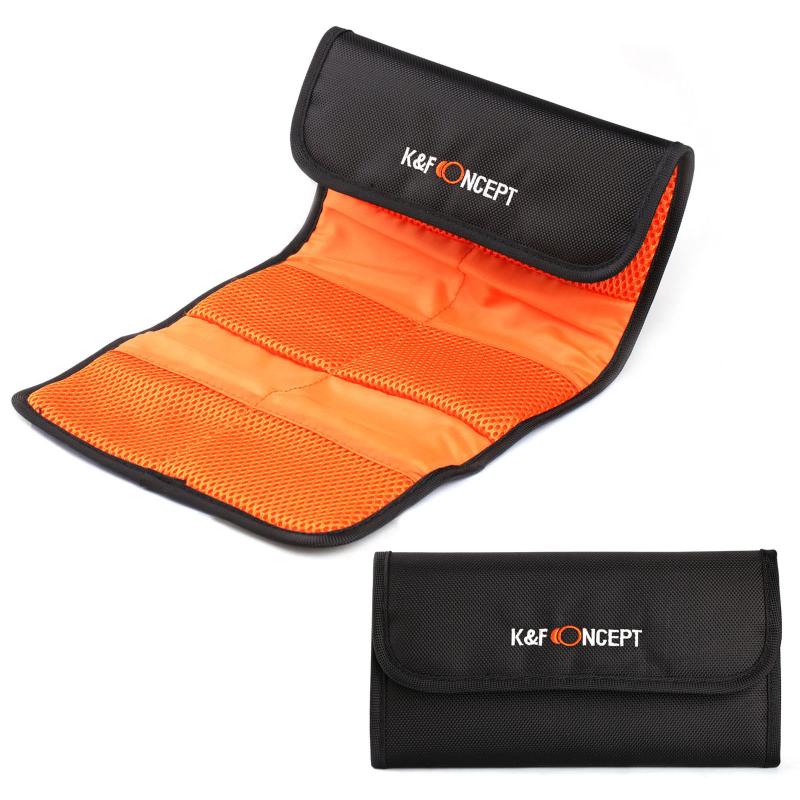
2、 Circular polarizing filter
Which polarizing filter should you use? The answer is a circular polarizing filter. This type of filter is designed specifically for use with digital cameras and autofocus lenses. It works by blocking certain light waves that cause glare and reflections, resulting in clearer and more vibrant images.
Circular polarizing filters are also more versatile than linear polarizing filters, which can interfere with autofocus and metering systems in modern cameras. They are also easier to use, as they do not require precise alignment with the camera's sensor.
In addition to reducing glare and reflections, circular polarizing filters can also enhance colors and contrast in your photos. They are particularly useful for landscape and outdoor photography, where reflections from water, glass, and other surfaces can be a problem.
When choosing a circular polarizing filter, it is important to select one that is compatible with your lens diameter. You should also look for a high-quality filter with multi-coating to reduce flare and ghosting.
Overall, a circular polarizing filter is an essential tool for any photographer looking to improve the quality of their images.
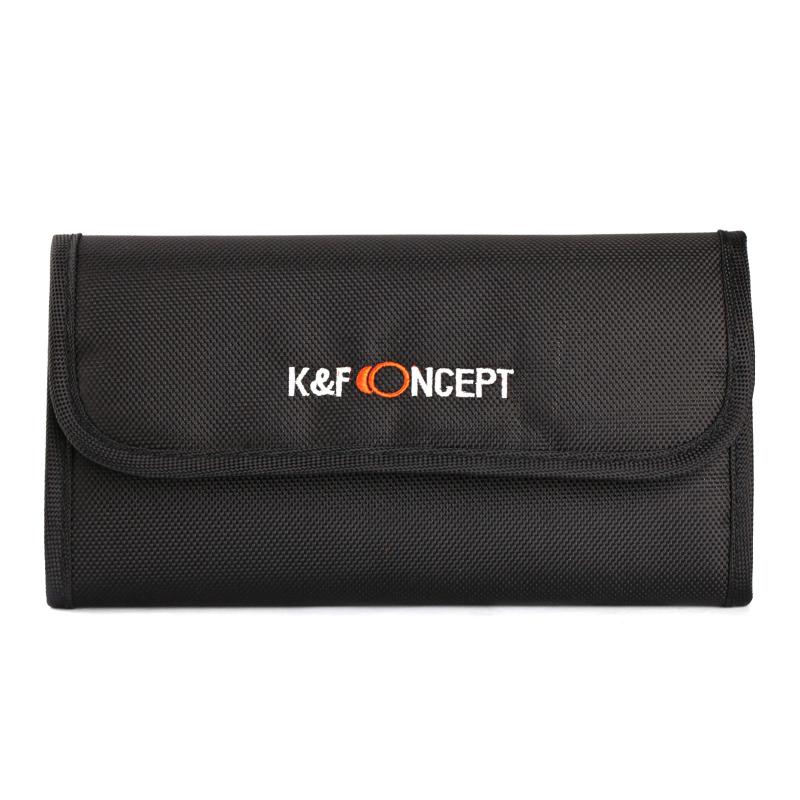
3、 Wavelength-dependent polarizing filter
Which polarizing filter to use depends on the specific application and the type of light being used. One common type of polarizing filter is the wavelength-dependent polarizing filter, which selectively blocks certain wavelengths of light while allowing others to pass through. This type of filter is often used in photography and microscopy to reduce glare and improve contrast.
Recent advancements in technology have led to the development of new types of wavelength-dependent polarizing filters, such as those based on liquid crystal materials. These filters can be electronically controlled, allowing for real-time adjustments to the polarization of light. They are also more efficient than traditional polarizing filters, allowing for higher transmission of light.
Another recent development in polarizing filters is the use of metasurfaces, which are thin layers of nanostructures that can manipulate the polarization of light. Metasurfaces offer greater control over the polarization of light and can be designed to work with specific wavelengths or angles of incidence.
Overall, the choice of polarizing filter depends on the specific application and the desired level of control over the polarization of light. Advances in technology have led to the development of new types of filters that offer greater efficiency and control, making them useful in a wide range of applications.
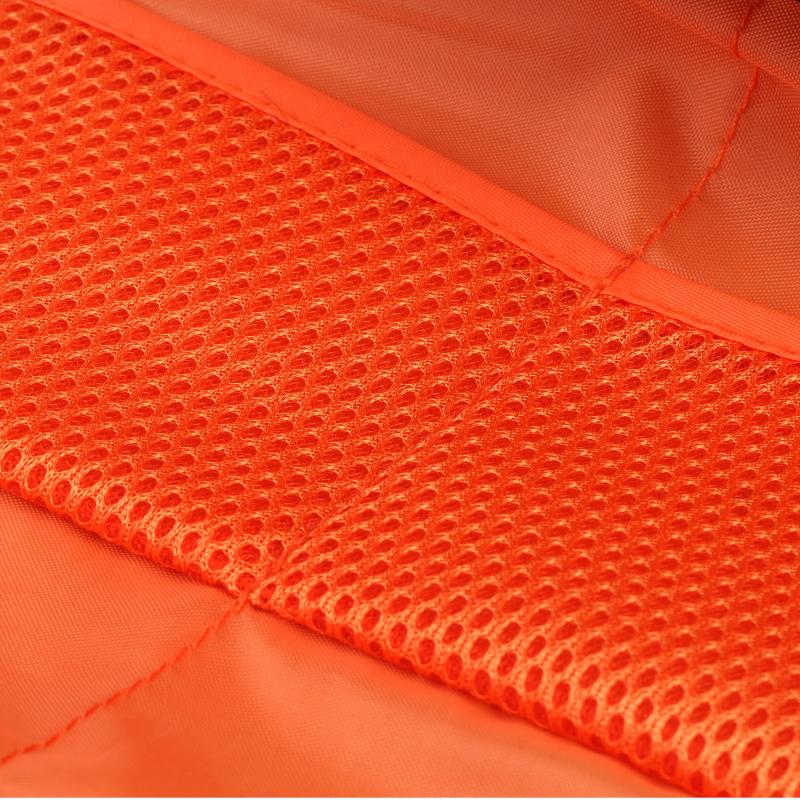
4、 Wire-grid polarizing filter
Which polarizing filter? The wire-grid polarizing filter is a popular choice for many applications. It consists of a thin layer of parallel metallic wires that are spaced apart at a distance smaller than the wavelength of the incident light. This filter works by selectively transmitting light waves that are polarized in a specific direction while blocking waves that are polarized in other directions.
One of the advantages of wire-grid polarizing filters is that they can be designed to work over a wide range of wavelengths, from ultraviolet to infrared. They are also relatively inexpensive and easy to manufacture, making them a popular choice for many applications.
However, wire-grid polarizing filters do have some limitations. They can only transmit light waves that are polarized in a specific direction, which means that they are not effective at blocking unpolarized light. They also have a limited angle of incidence, which means that they may not work well at certain angles.
Despite these limitations, wire-grid polarizing filters are still widely used in many applications, including photography, microscopy, and polarized sunglasses. In recent years, there has been growing interest in developing new types of polarizing filters that can overcome some of the limitations of wire-grid filters, such as broadband polarization and high extinction ratios.







